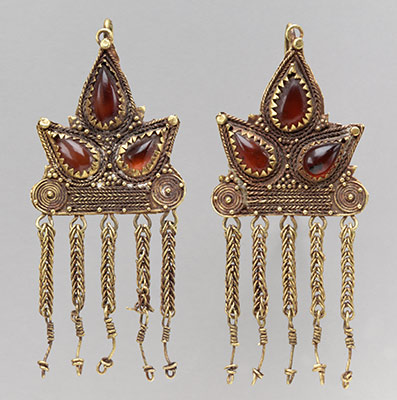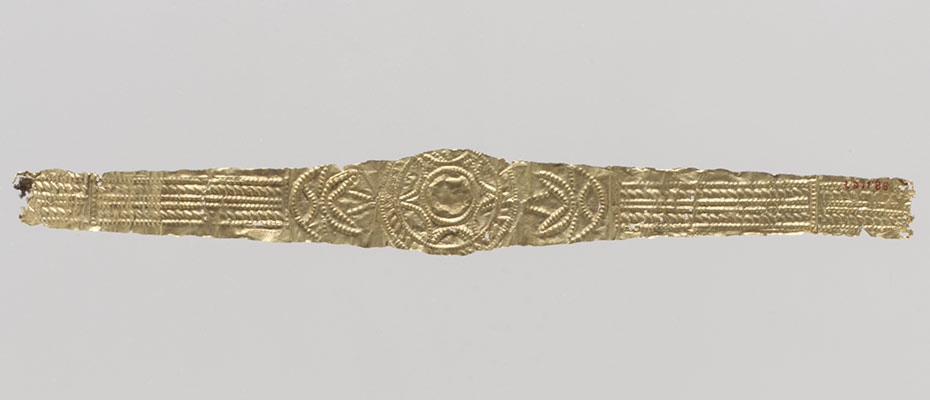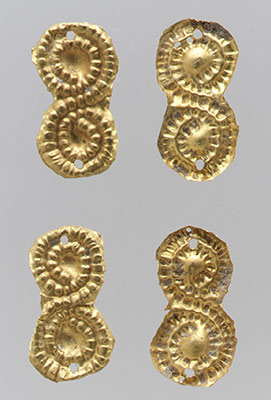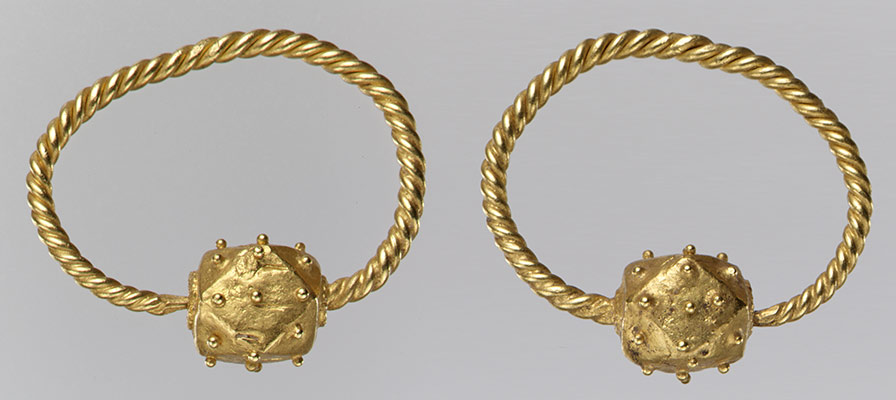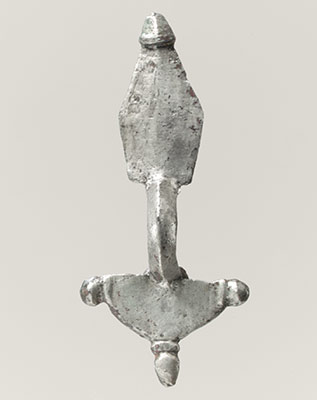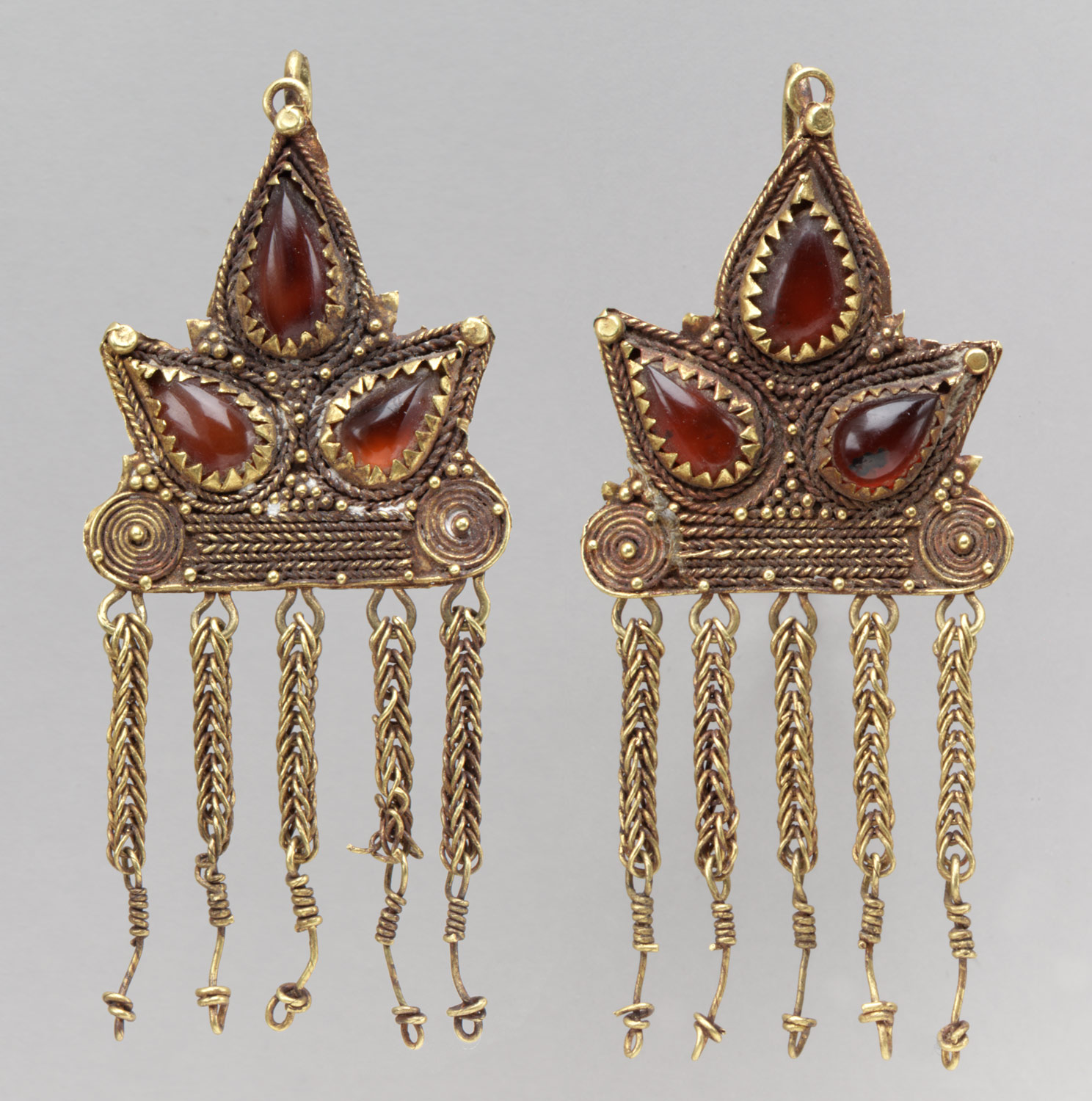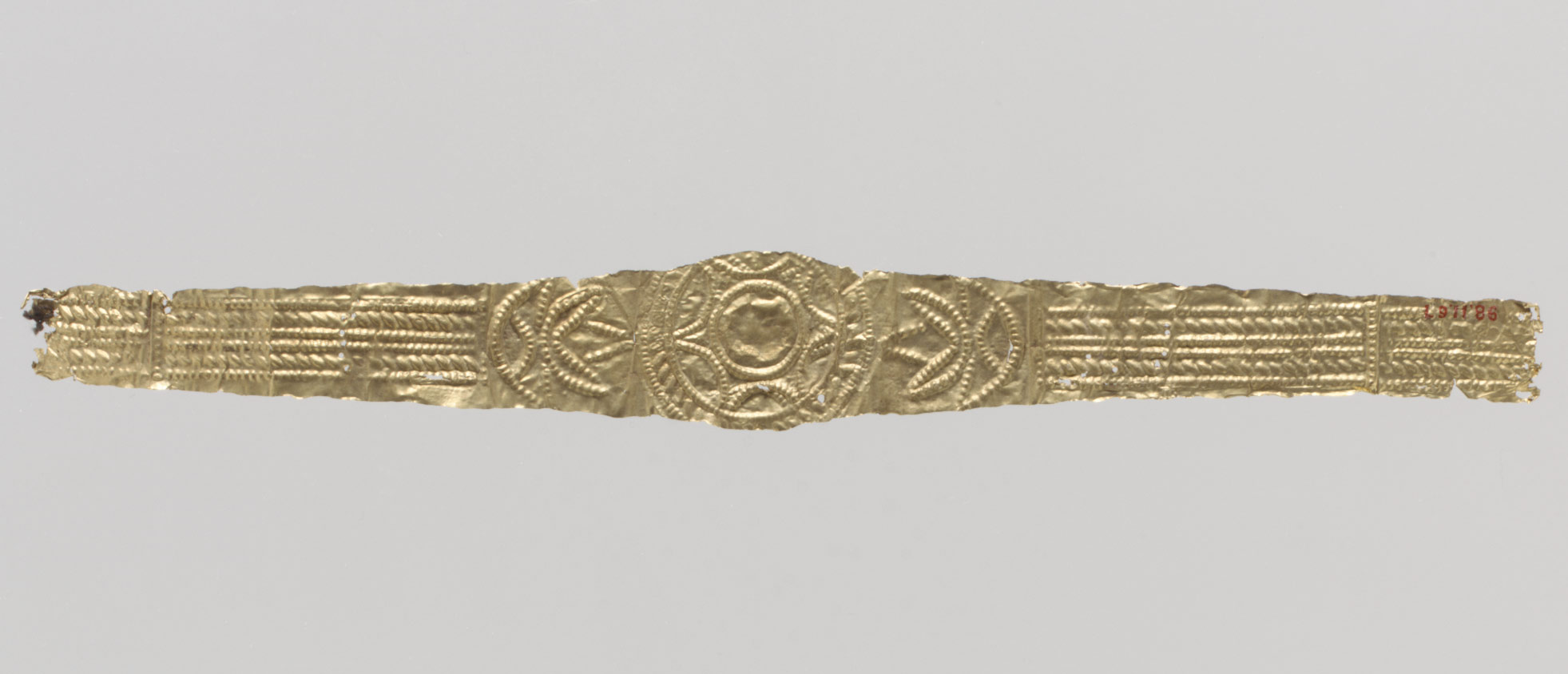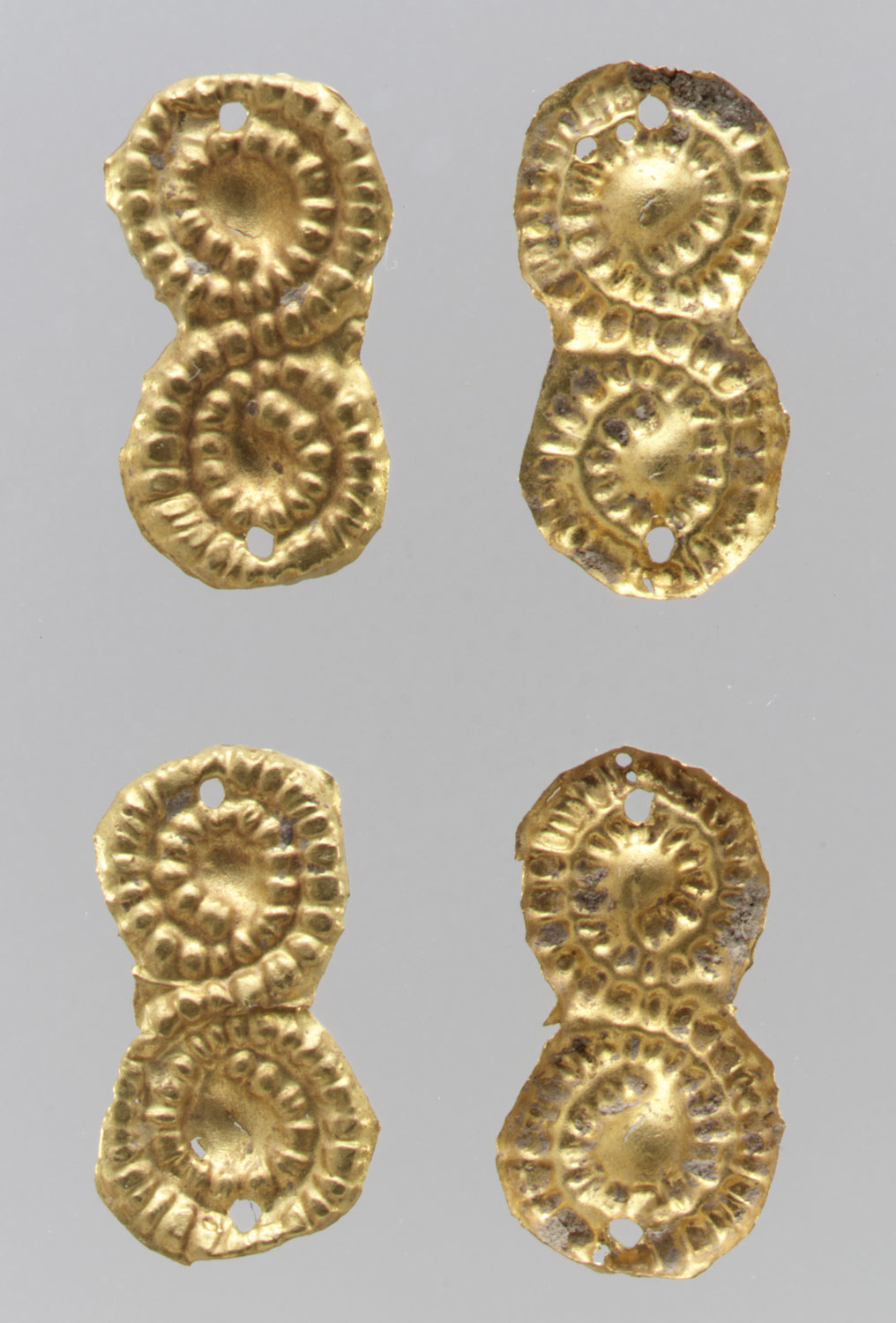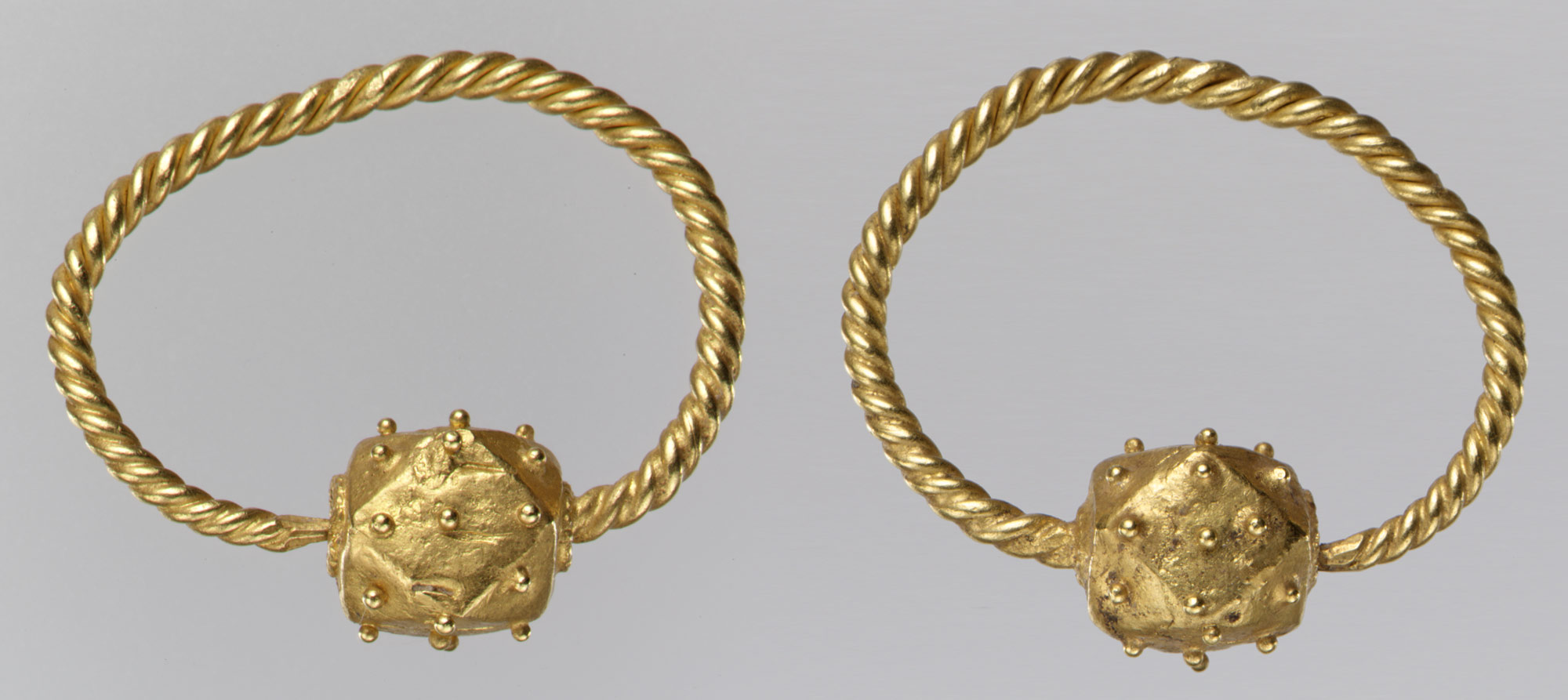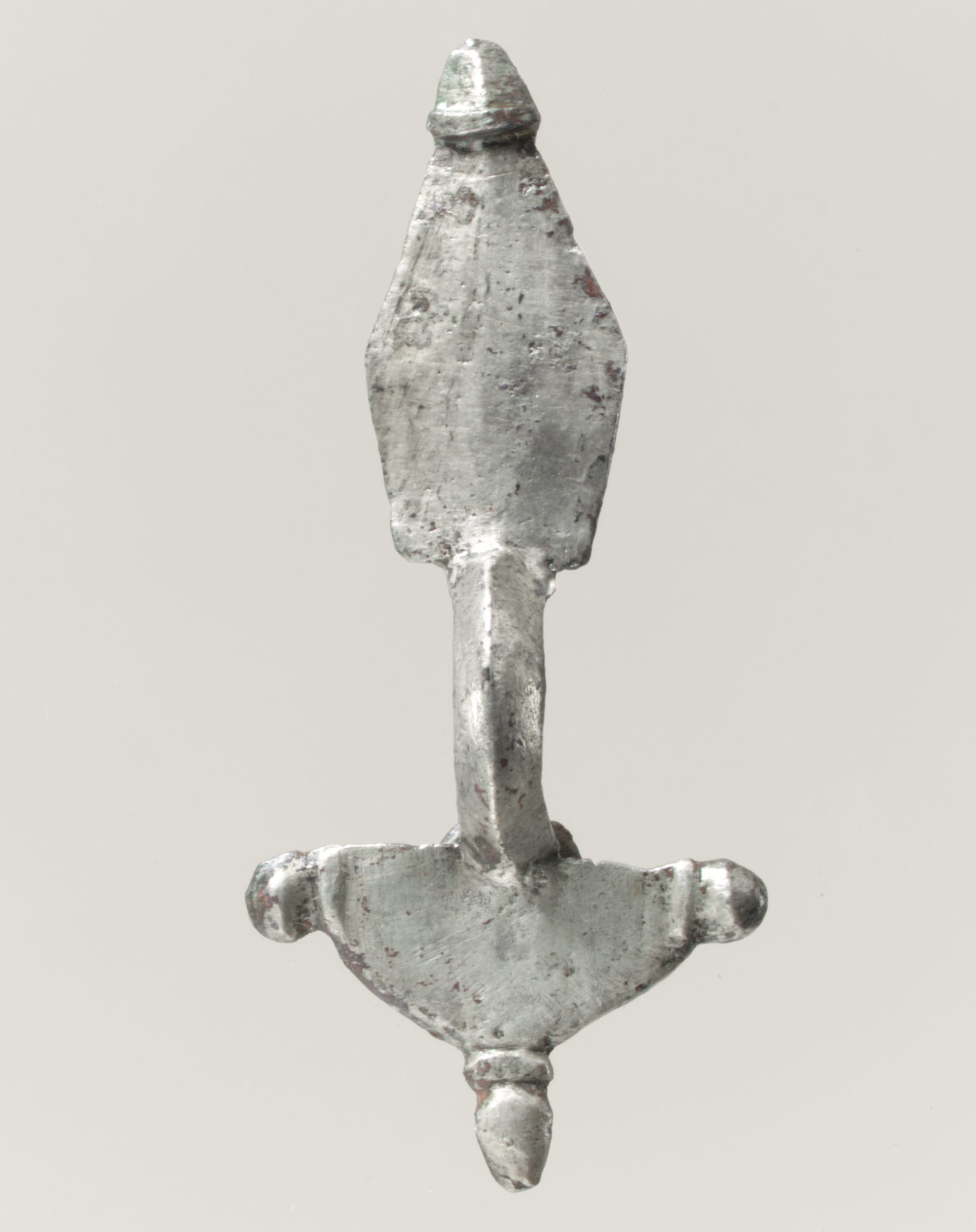As elsewhere in Europe between 1 and 500, the Roman empire is the power against which peoples outside its borders define themselves. The Scandinavians, for example, grow rich as a result of trade with the Romans in the early part of the period. By the end of the period, migrating tribes cause violent disturbances in the social fabric.
Eastern Europe and Scandinavia, 1–500 A.D.
Timeline
1 A.D.
125 A.D.
NORTHERN
SOUTHERN
125 A.D.
250 A.D.
NORTHERN
SOUTHERN
250 A.D.
375 A.D.
NORTHERN
SOUTHERN
375 A.D.
500 A.D.
NORTHERN
SOUTHERN
Overview
Key Events
-
1st–3rd century A.D.
The Goths, who perhaps originate in Scandinavia, migrate to the region north of the Black Sea. They dominate and rule the population there, while establishing ties with the Roman empire.
-
ca. 100 A.D.
Objects of Roman manufacture appear in Scandinavian grave deposits, including silver cups of the finest workmanship, for example, from a grave in Hoby, Denmark. Bog sacrifices—ritual deposits of valuable objects common in Scandinavia since Neolithic times—continue and often incorporate Roman imports.
-
ca. 170 A.D.
Demand for amber in the Roman empire raises the quality of life among the amber-rich peoples of the Baltic. Bronze jewelry, lavish horse trappings, and objects of Roman make, including glass, pottery, coins, and bronze figurines, appear in certain graves that might belong to a small trade elite commanding wealth hitherto unknown in the region.
-
ca. 200 A.D.
The Sarmatians of the Black Sea region fight with Roman armies on the borders of the empire. Sarmatian tombs reflect the norms of a warrior elite that seems to involve both men and women. Within are found ornaments for horse trappings in gold and other metals, some enriched with glass and semi-precious inlays. Abstract, curvilinear forms as well as plump, vigorous-looking animals are characteristic of the style of ornament.
-
ca. 375 A.D.
The Huns, a nomadic people with origins in eastern Central Asia, conquer the Black Sea Gothic communities, driving large numbers of refugees into Roman territory and thereby destabilizing the Roman state. Earlier, the Huns’ western movement had caused terror and destruction among the Sarmatians.
-
434 A.D.
Under the rule of Attila, the Huns move west again, defeating many Germanic tribes throughout central Europe. Attila’s formidable cavalry seems unstoppable until it reaches Gaul, where it is checked by an alliance of Roman and Germanic troops in 451 A.D. Attila’s death in 453 A.D. weakens his vast empire, and the Huns retreat eastward, leaving the tribes once subject to Hun domination to pursue their own territorial ambitions.
Citation
“Eastern Europe and Scandinavia, 1–500 A.D.” In Heilbrunn Timeline of Art History. New York: The Metropolitan Museum of Art, 2000–. http://www.metmuseum.org/toah/ht/?period=05®ion=eue (October 2000)
